Towards a Midwifery Profession in Bangladesh - a Systems Approach for a Complex World
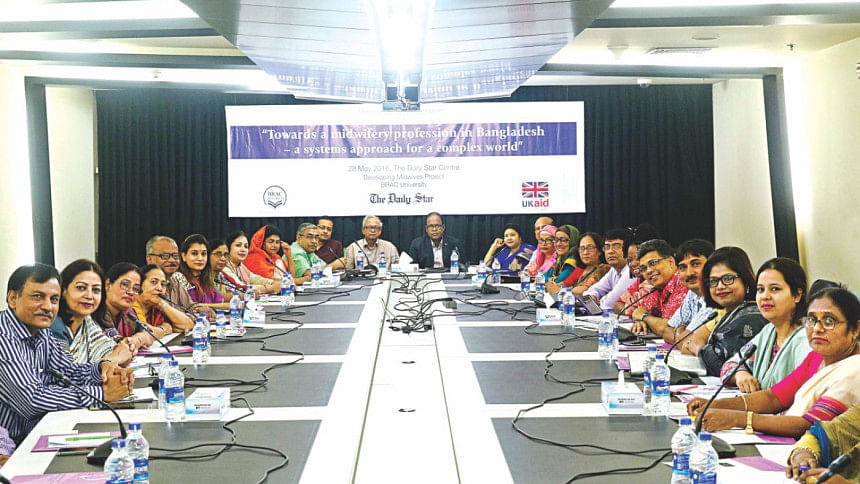

Dr Jahir Uddin Ahmed, Interim Chairperson of the Department of Midwifery and Nursing at BRAC University
Safe motherhood is about a woman's right to choose as well as her right to survive. Registered midwives are required to ensure these two rights. Our honorable PM gave a commitment at UN in 2010 that 3000 midwives will be developed by the end of MDG. The government started midwifery education in all the nursing institutions in 2012. BRACU joined the effort. DFID agreed to support the midwifery education programme under BRAC University. The main purpose of the midwifery programme was to develop a competent and compassionate cadre of midwives to serve in hard-to-reach areas of the country. We have seven academic institutions spread across the country. Our curriculum is approved by the government and BNMC. We hope by 2021, we will be able to develop 853 registered midwives. But the country needs more than 20,000 midwives whereas we have very few of them registered so far. To overcome this situation, both the government and private sector need to work together and make arrangements for having more midwives in the coming days. We also need to think about deployment of the registered midwives immediately after graduation. We also have to create adequate number of faculty for midwifery education.
In future BRACU planned to introduce BSc in midwifery. We are also trying to make this education service sustainable by creating more opportunities for midwives in Bangladesh.

Dr Pandora Hardtman, Director of the Midwifery Education, BRAC University
Midwives are always the change makers when the stakes are lives of mothers and babies. They foster confidence in the system of birth giving. Globally, they believe that birth is normal, natural and healthy. They also believe that a woman has the right to give birth free from routine non-evidence based medical intervention. Now a days we see accelerating cost of deliveries which is unacceptable. A registered midwife can stop this over-medicalization of the normal birth giving process.
Here goes a story of midwife who is from the first batch of diploma level graduate midwives: At the initial stage I faced some difficulty to adjust with other healthcare providers. I used to talk to the patient, touch her, and give her confidence. They laughed at me saying that I was wasting too much time for a patient and after some days you would forget all these practices. But I do not want to forget because then I will start doing mistakes in providing the patient proper care. I am proud to be a midwife, a part of the new-born delivery. To me it is a great achievement. But I have to perform also the duties of a nurse and a paramedic that hampers my duties as a midwife. How can I create a positive environment where I can devote myself to the midwifery job?
This story illustrates the reality of our midwives. To address it we need to look at the larger issues of power structure, gender equality, our system and structure that are hampering our midwives' way forward. In Bangladesh the stories of the midwives need to be heard by the policy makers.
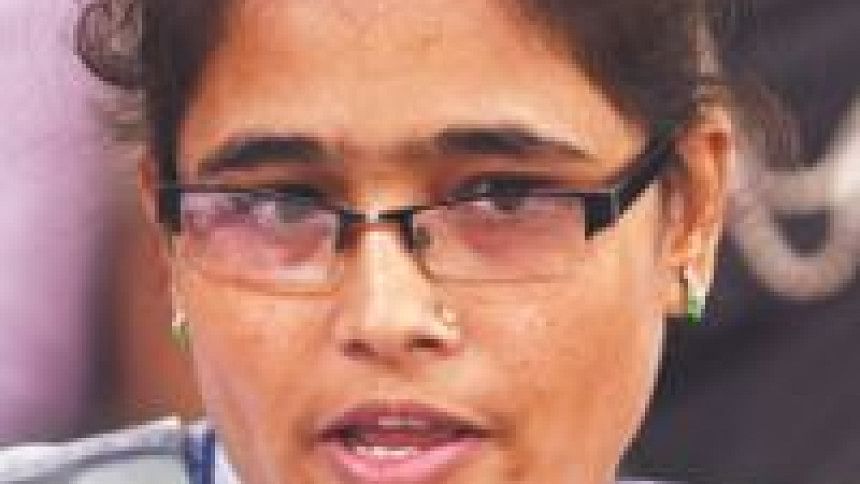
Munaka Khatun, Registered Midwife (1st Batch), BRAC University
After completing the midwifery diploma course from BRAC University, now I work in my community. BRAC provided me a delivery kit. If there are no complications, I encourage my community members perform normal delivery. We know there are three delays that increase maternal mortality: delay in recognizing the urgency, delay in transporting to higher level facility and delay in receiving care. To address these issues I have developed good working relationship with other professional health service providers. I also get positive response from the community. I hope that in future no maternal deaths shall occur due to mismanagement in delivery system.
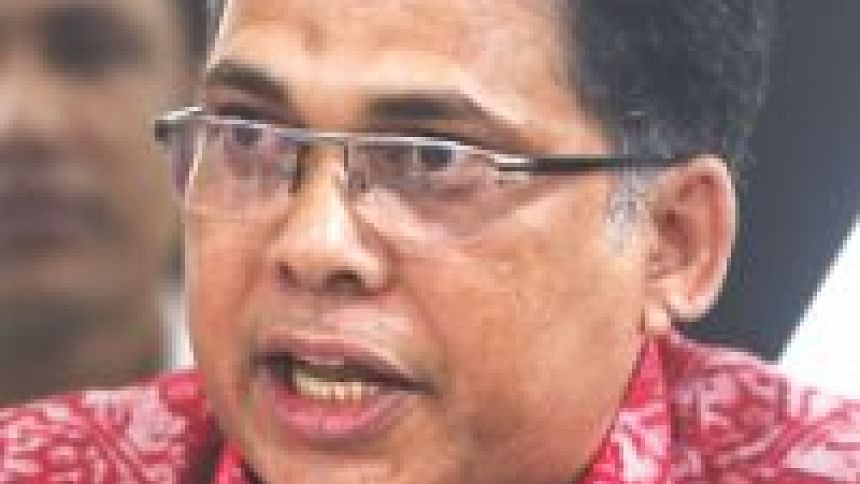
Dr Riad Mahmud, Health Specialist (MNH), UNICEF
As per the revised Maternal Health Strategy, we want to have 98 percent delivery at facilities by 2030. Here the midwives will play a critical role. That's why we need to train more midwives and create a comfortable working condition for them. In our health projects we need to emphasise more on this issue. The government should make it compulsory for private health providers to employ midwives in their maternal services. Since UNICEF is the leader in newborn care we will be happy to collaborate with the government and BRAC University to ensure quality newborn package within midwifery Education.
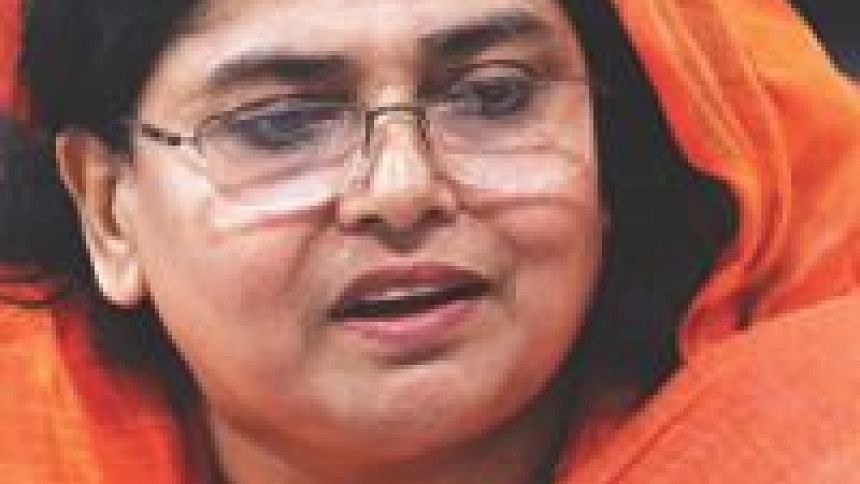
Prof. Major (Rtd.) Dr Laila Arjumand Banu, President (Elect), OGSB
In the UK, midwives provide all the necessary support to mothers and newborns. Only in the case of C-section the patient is referred to a doctor. If we properly educate our midwives they can provide similar kind of support in Bangladesh. We need more Education centers for midwives. Now, we are working with BRAC University in this regard. We have the facilities to develop more midwives. Finally, the job responsibilities of midwives should be clearly defined to avoid duplication and confusion.
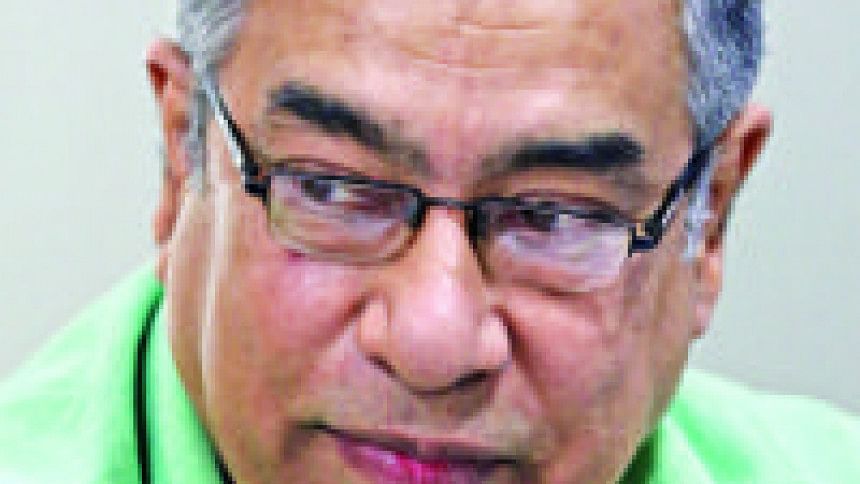
Dr Abu Jamil Faisel, Country Representative and Project Director, EngenderHealth Bangladesh
We need to create awareness among the people that a trained midwife can provide all the necessary support for normal delivery. It also saves money. And the midwives are more available than the doctors. If we can create the demand of midwives this profession will be more acceptable to the community and there will be an enabling environment for midwives.
We should have a directorate of midwifery. We can also form a midwifery society similar to nursing society.
The National Strategic Directions for Midwifery in Bangladesh-2014 mentions that there are 5,000 FWVs in Bangladesh who, being given 6 months training on midwifery, are now performing normal deliveries. We should make use of these human resources for meeting the acute demand of midwives.
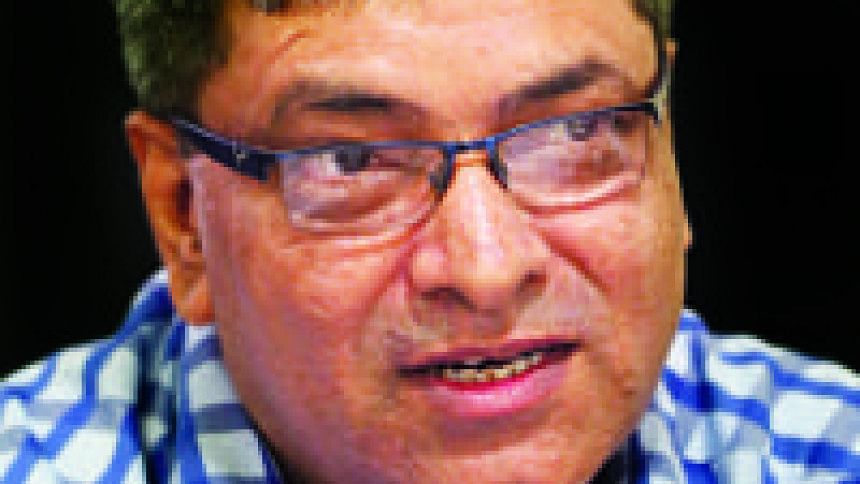
Dr Mohammed Sharif, Director (MCH-S) and Line Director (MC-RAH), DGFP
We have 4800 FWVs. They have 6 months training on midwifery. We are also giving them more training on midwifery, and can give another one year training to make them fully fit for midwifery services. I think there should be only one cadre in this regard, and that is midwifery cadre.

Moni Begum, Registered Midwife, (1st Batch), BRAC University
I am grateful to BRAC University and DFID for providing me the training opportunity. I have received hands on training working in various government and non-government hospitals. Now I am working in my community. I am trying to build a rapport with them through awareness raising sessions. They are also supportive to my work. I am also working with adolescent groups and newly married couples. I am proud to be a midwife. My work has brought smile to my mother's face and also to hundreds of mothers.
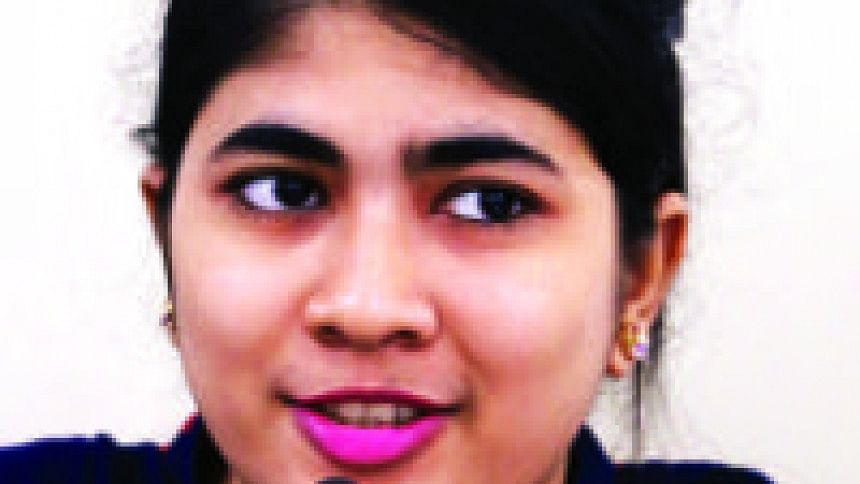
Tania Akhter, Registered Midwife, (1st Batch), Dhaka Nursing College
Recently I attended the Women Delivery 2016 Conference in Denmark. I learnt many things from the conference. The most important was to invest more in women and girls. I had an opportunity to conduct a dummy delivery there, and I successfully did that. They appreciated my work. I want to work with my community. I urge all of you to create an enabling environment for us so that we can serve the mothers and babies.
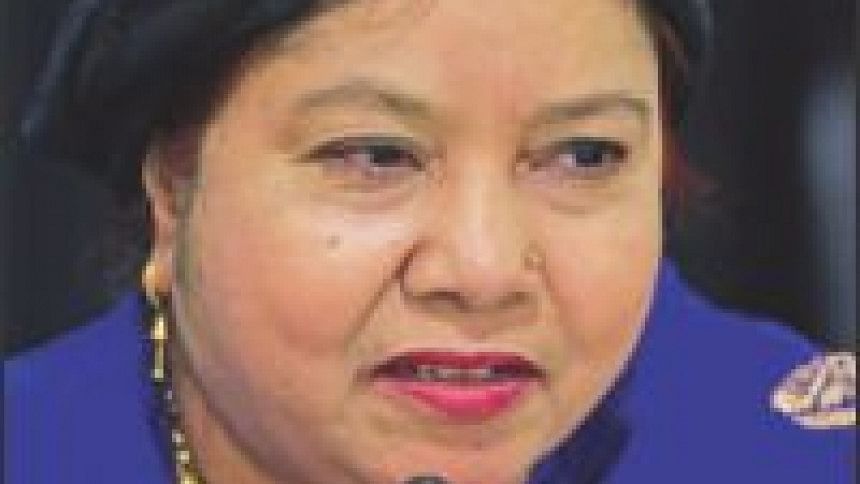
Shuriya Begum, Registrar, Bangladesh Nursing and Midwifery Council
I appreciate BRACU's initiative of giving maternity kit to the midwives that help to conduct safe delivery. The government and UNFPA should come forward in this regard. We also need to develop proper delivery facilities in rural areas and employ diploma midwives there.

Nelofar Farhad, Deputy Director (Education), Directorate of Nursing Services
We need to provide maternity kit to all the midwives so that they can provide all the necessary reproductive health related supports to a woman. A midwife can herself conduct a delivery with this kit. There is also a need to coordinate the responsibilities of midwives with other health care providers.

Dr Jebun Nessa Rahman, Senior Technical Advisor, JHPIEGO
We need to develop a midwife-led care environment where a midwife can work independently in a community. Only then everybody will recognize a midwife as an individual cadre who can provide a pregnant woman ante-natal, delivery and post-natal services. The midwife should be the first contact person for any couple and pregnant mothers.
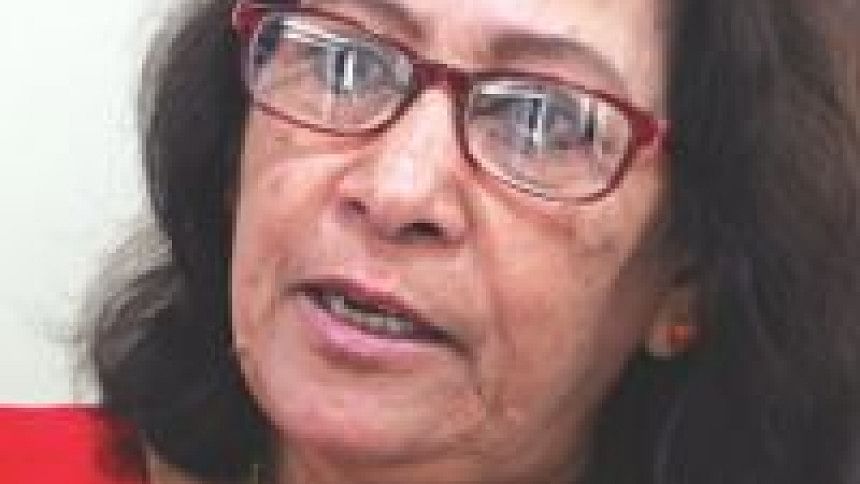
Dr Roushon Ara, Maternal Health Specialist, NHSDP
In our 388 clinics, midwives are successfully providing all the necessary services to pregnant mothers. They are conducting more than 2000 normal deliveries in every month. They have also formed numerous committees involving community members to look after mothers after giving birth. In our country, a pregnant woman generally goes to obstetrician. We need to create a system where midwife will be the first contact person. We need to create awareness about midwives in the society.
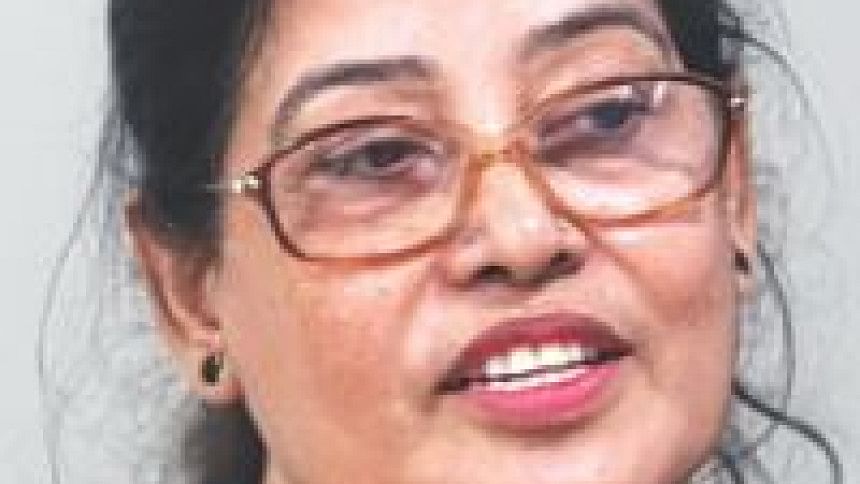
Halima Akther, President, Bangladesh Midwifery Society
When we talk about creating an enabling environment for midwives we need to ensure that all the necessary equipments are there. Another important issue is to ensure quality midwifery education. We need to recruit experts on midwifery as teachers and trainers for our midwifery schools.
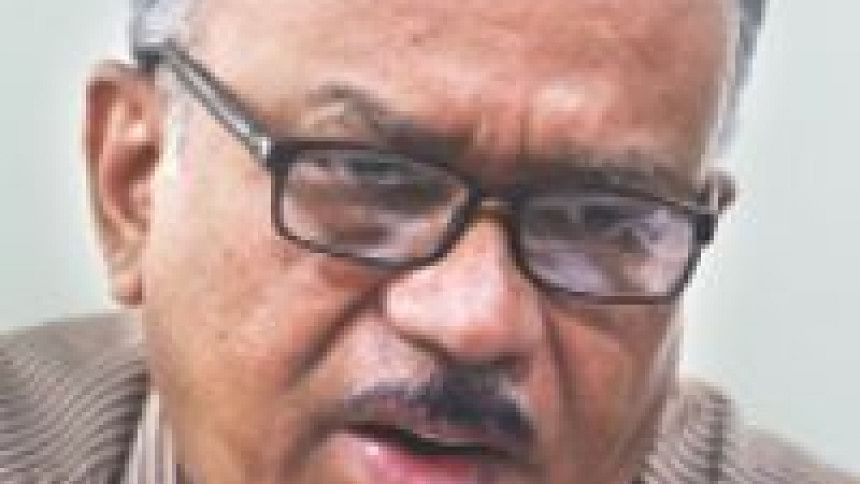
Dr Jafar Ahmed Hakim, Sr. Adviser, ASTHA Project, Swisscontact
I am hopeful about the midwifery education programmes. To meet the demand of midwives we need to set up more midwifery education centres. We should involve NGOs more. We need better coordination among various health service providers on the issue of midwifery education and employment.
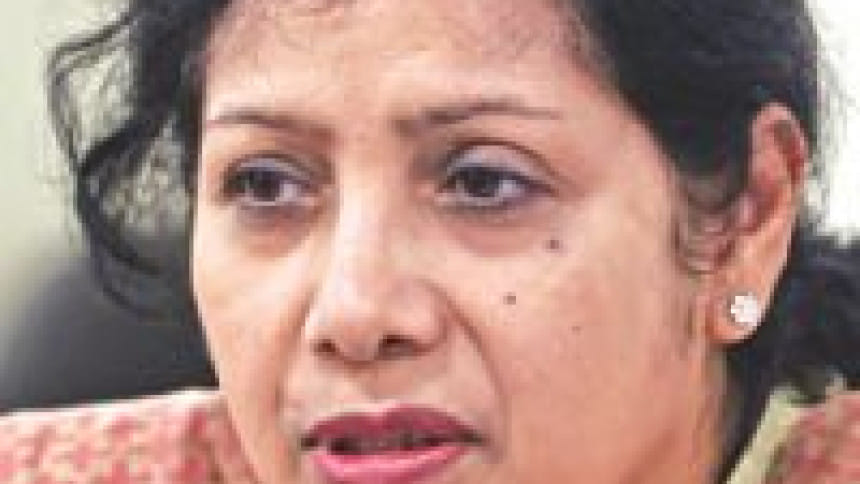
Dr Shehlina Ahmed, Health and Population Adviser, DFID Bangladesh
There are enough global evidences that show a well-trained midwife can deliver almost 87 percent of necessary maternal care services. It is a very cost-effective initiative to achieve universal health coverage. The UK government will continue its support in this initiative. We need quality maternal services to further reduce the maternal mortality rate. That's why we choose BRAC University to create a model for quality midwifery education. I am proud to say that BRACU makes no compromise in this regard. We know a student midwife needs to conduct forty NVD deliveries to complete her education. BRACU has partnered with multiple health facilities to provide their students midwifery education. They are also emphasizing on the aspect of growing confidence and compassion among the student midwives. It is important because midwifery is not only about skills but also about feeling like a mother who can understand and take the right decision at the critical moment with confidence. That brings me to the issue of licensing. Right now the licensing exam is very theoretical. It should include more hands-on skills.
We still do not have a national policy for midwives to guide their recruitment, posting and other important issues. It is quite predictable that there will be tension between the nurses and midwives. I will urge the media to create awareness among people, health service providers, policy makers and donors about the difference between these two cadres.
Midwives can play an important role in preventing early marriage and promoting women empowerment issues. We need to emphasise on this aspect also in the training programmes of midwives.

Dr Monira Parveen, Canadian Field Manager, HRH, CIDA
I want to focus on public sector midwifery education. They lack adequate faculties, hands on training facilities, dormitories for students and so on. There should be an accreditation system for the public sector training schools to maintain quality.

Rondi Anderson, Midwifery Specialist, UNFPA Bangladesh
We need a clear definition of midwifery. Now, they are largely part of nursing pool. We need to separate them out and dedicate them to reproductive health areas so that we can strengthen the maternal care more. We need support from the managers of health facilities so that midwives can perform their duty properly.
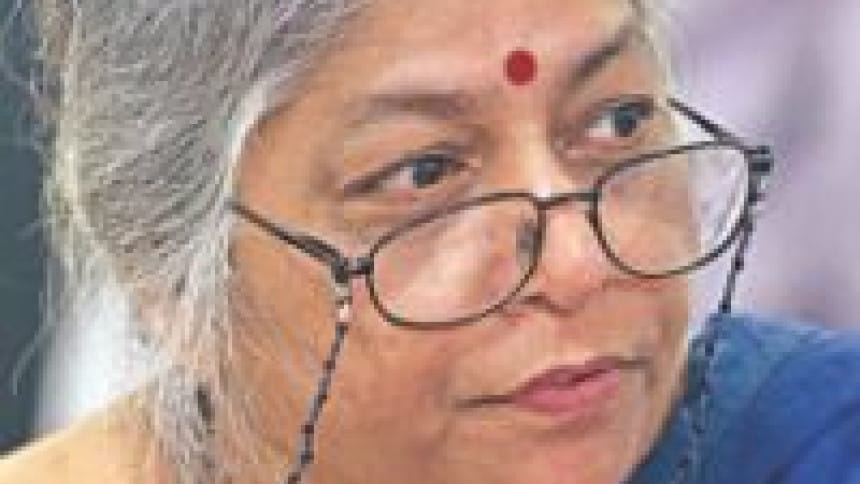
Shireen Huq, Member, Naripokkho
Our entire discussion is limited to facility based delivery system. But we need to keep in mind that in Bangladesh, more than 60 percent delivery happen at home. There are traditional birth attendants who have been serving voluntarily without any institutional support for generations. We need to think how we can utilize this manpower safely and effectively. Now a day we see over-medicalization of the birth giving process. We need to stop it, and ensure that deliveries can be performed in a safe and normal way.
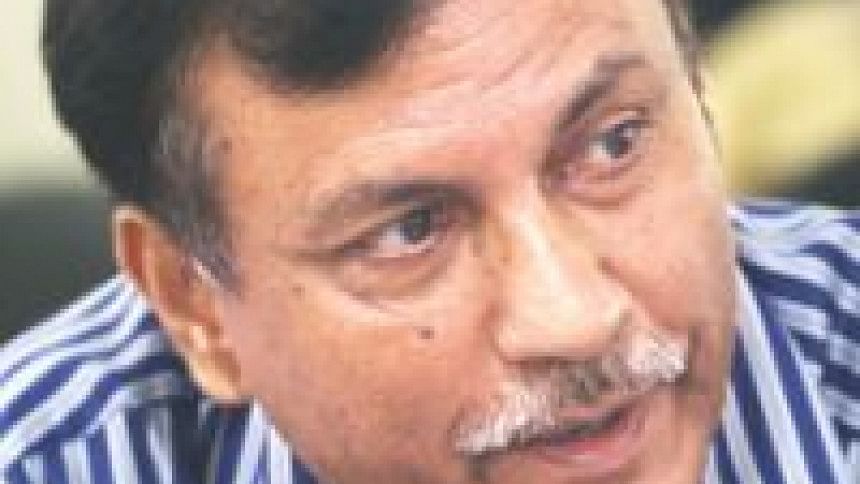
Abdus Salam, Managing Director, Partners in Health and Development
We should find a suitable name for the midwives because common people will not understand the English word midwife and the Bangla term Dai is not respectful for trained midwives.
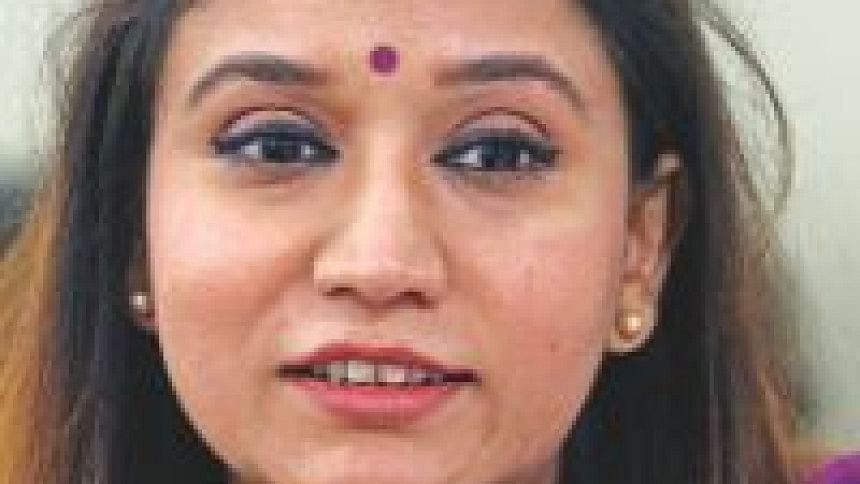
Dr Tamjida Hanfi, Programme Manager, HNPP, BRAC
We know cent percent institutional delivery is not possible. We should develop community level midwifery-led centre. We can supervise these centres by a central body. We have developed some BRAC maternity centres in rural areas to achieve this goal.
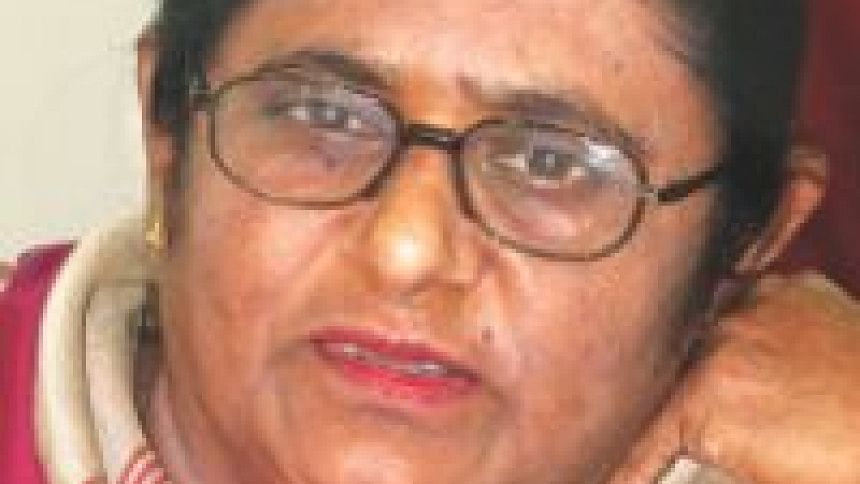
Mst. Sufia Khatun, Principal, Dhaka Nursing College
The private midwifery educational institutions are better equipped than the public ones. That's why there should be collaboration between public and private initiatives. The government should also invest more in midwifery education.

Dr Md. Jahirul Alam Azad, Team Leader, MNH and Urban Health, CARE Bangladesh
There could be a partnership between public and private sector where midwives will come from private sector and public sector will provide infrastructural facilities. We should also use our community institutions in this regard. It will help to reach midwifery services to poor communities.
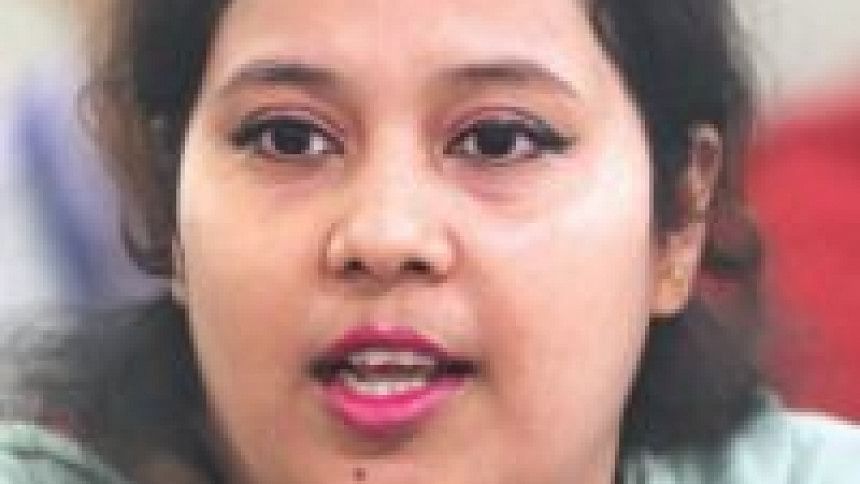
Dr Rahana Sardar, Manager, Obstetrics, Marie Stopes Bangladesh
We have maternity clinics all over the country. There we can create scopes of hands on training for midwives.
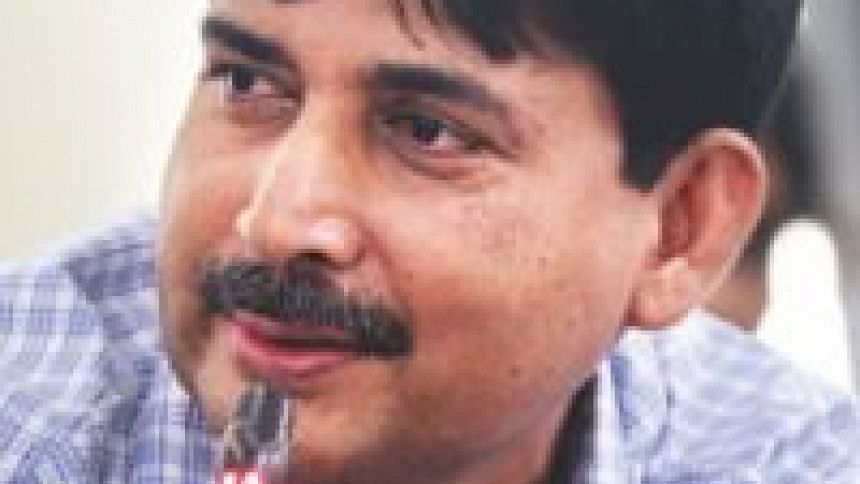
Dr Mahbubur Rashid, Director, Programmes, Family Planning Association Bangladesh
I would like suggest BRAC University to think of some operational studies on effectiveness of the midwifery programmes at the community level and their interaction with other health care providers.

Sandra Rumi Madhu, Technical Officer, Developing Midwives Project, BRAC University
I represented Bangladesh in the Women Deliver 2016 Conference. I found that all over the world there are same kinds of challenges that we are facing here. There are also successful examples which can be followed in Bangladesh too. All the participants emphasized on the respectability of the midwifery profession. Midwives can do more than catch babies. We should give the profession proper respect.

Dr Ahmed Mushtaque Raza Chowdhury, Vice Chair, BRAC and Adviser, Developing Midwives Project, BRAC University
Our main thrust of the midwifery programme is to send registered midwives back to the community. We have taken a programme to introduce these new professional to the communities. We also have a plan to introduce BSc in midwifery so that we can take up the midwifery education to a higher stage.

Goutam Aich Sarker, Joint Secretary (Nursing), Ministry of Health and Family Welfare
There should be a suitable term for “midwife” that can be properly acknowledged and accepted by everywhere.
We do not have a clear estimate of the number of pregnant women in Bangladesh. Without it you can't estimate the demand of midwives. There should be a proper data management system in this regard.
One of our main SDG goals is to reduce maternal mortality rate. To achieve it there is no alternative to midwives. They can also help us in increasing the coverage of family planning services. In Bangladesh, 23 percent of deliveries are done through caesarean section, which is alarming. The rate can be reduced by increasing the number of midwives. Traditional, untrained midwives should not be carrying out deliveries as the safety of every single mother is of prime importance.
From the government side, we have plans to deploy the newly graduated midwives to fields by this year. With the help of UNFPA we have started a distant master's course on midwifery through distant learning method. We are also trying to improve the infrastructure for midwifery services with the help of local government bodies. We have approached UNFPA for kits. It will arrive soon. Finally, the government and private sector should work together to make sure that midwives are available in every corner of the country.

 For all latest news, follow The Daily Star's Google News channel.
For all latest news, follow The Daily Star's Google News channel. 


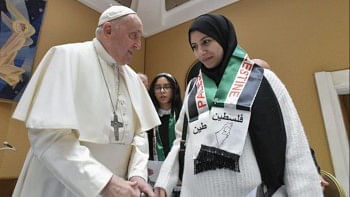
Comments